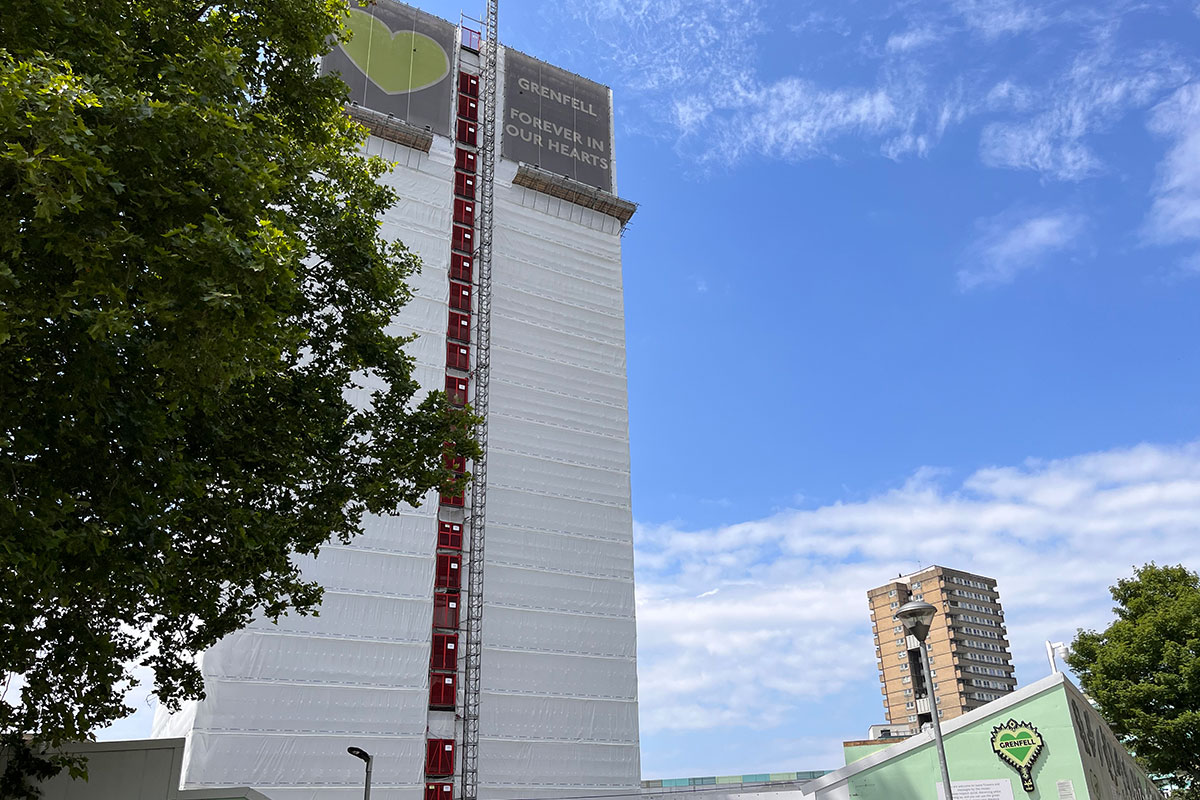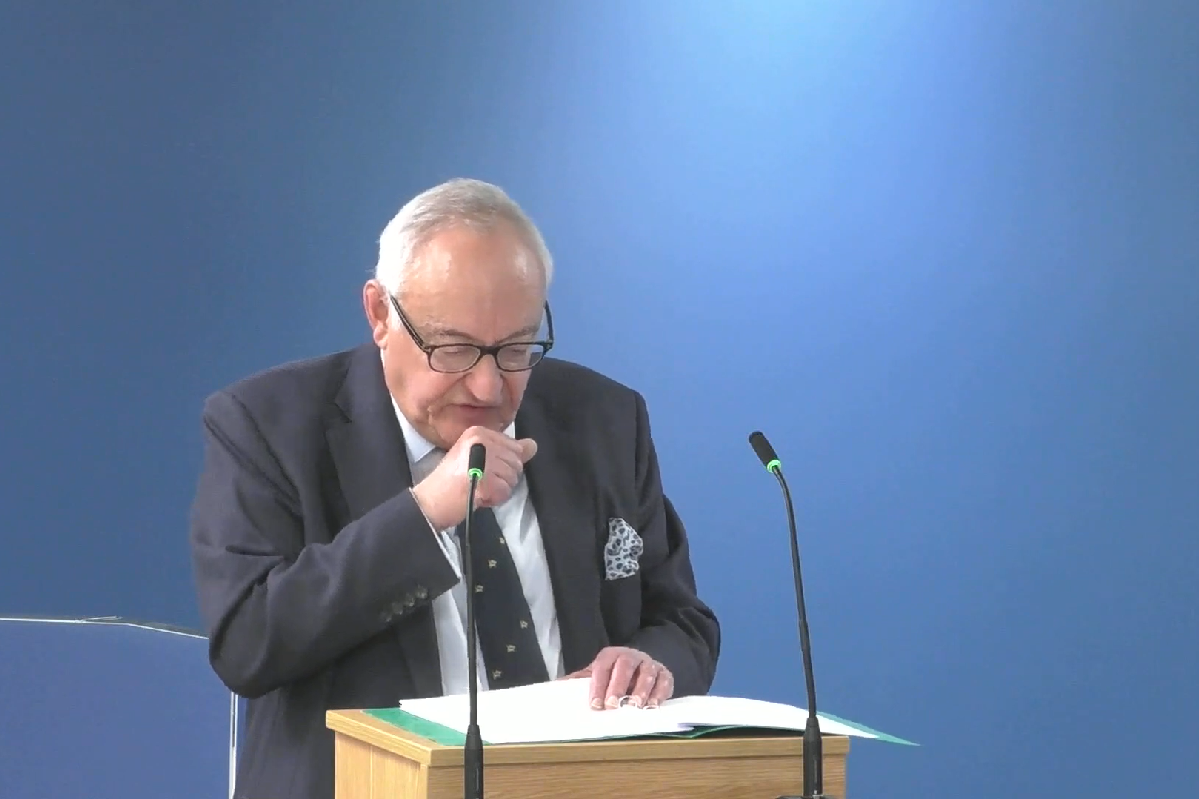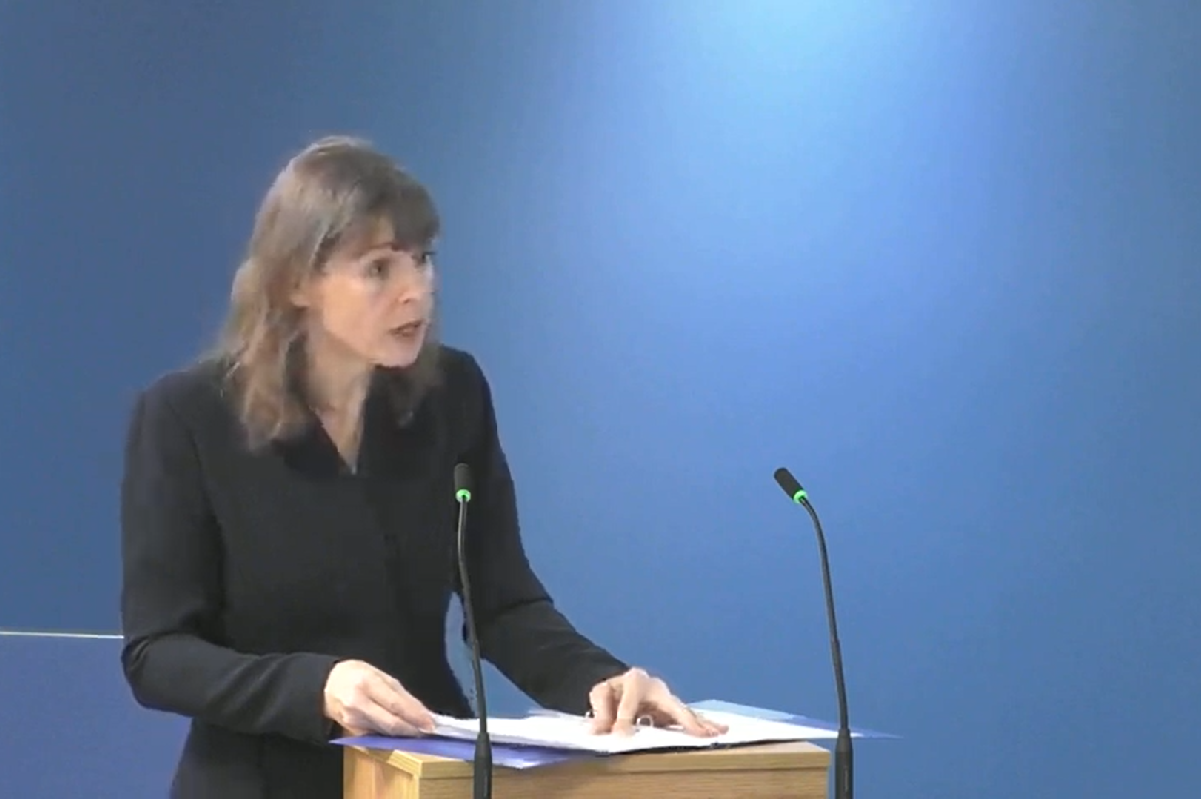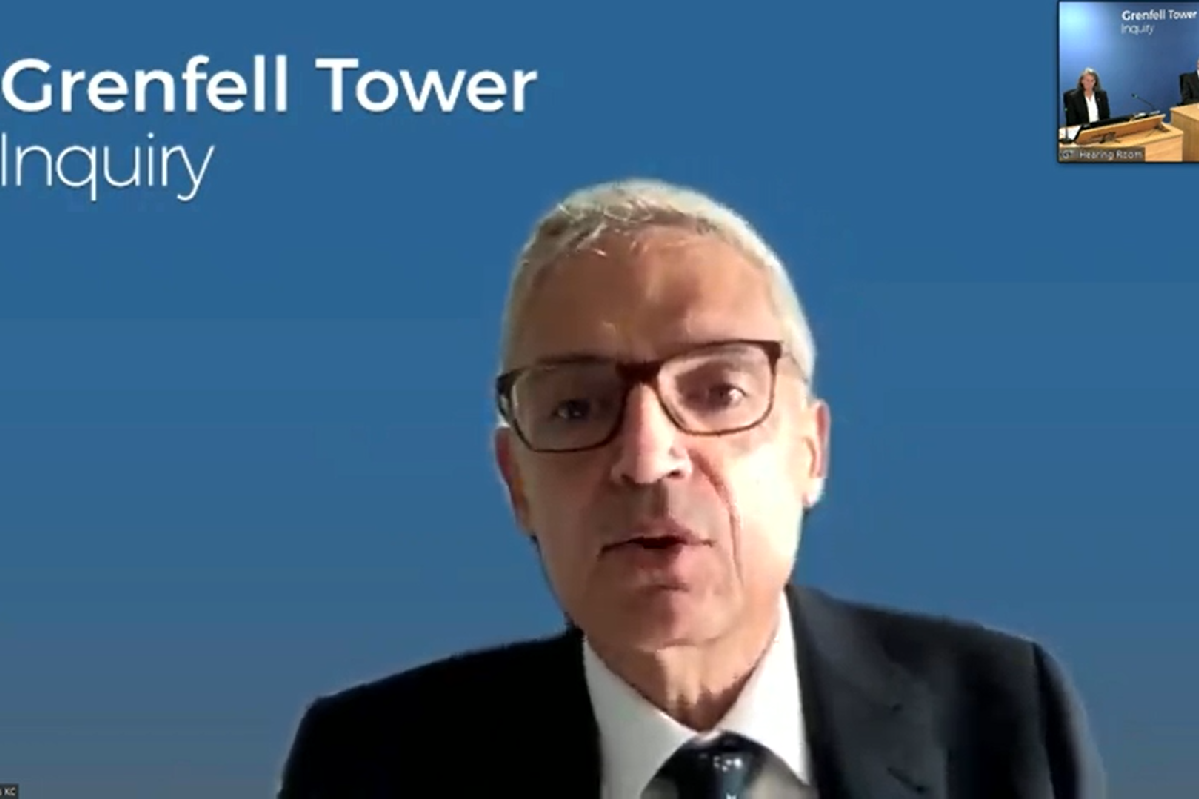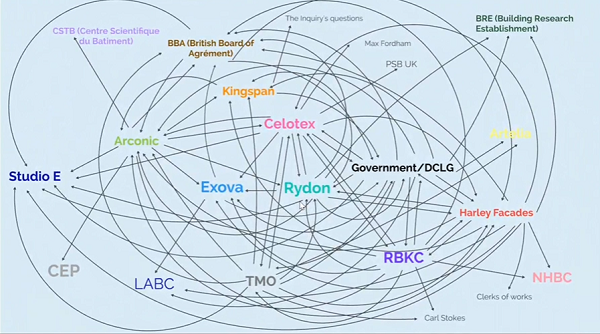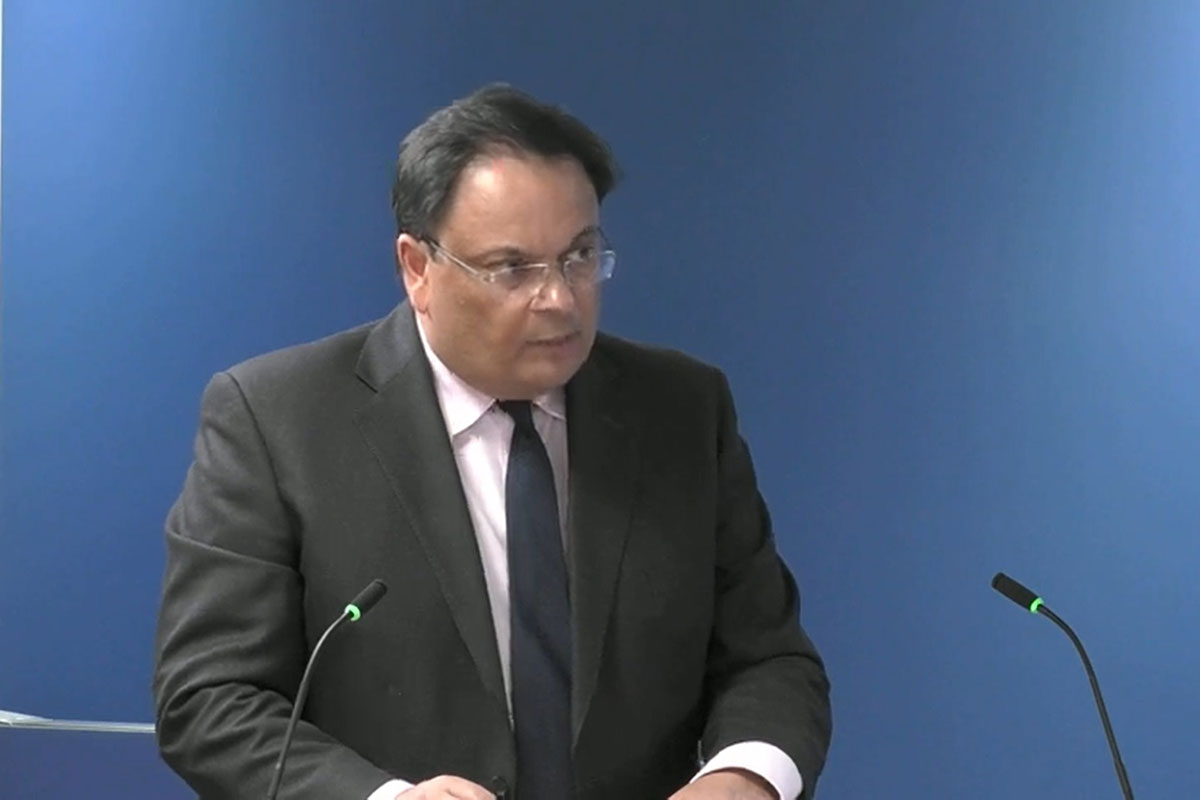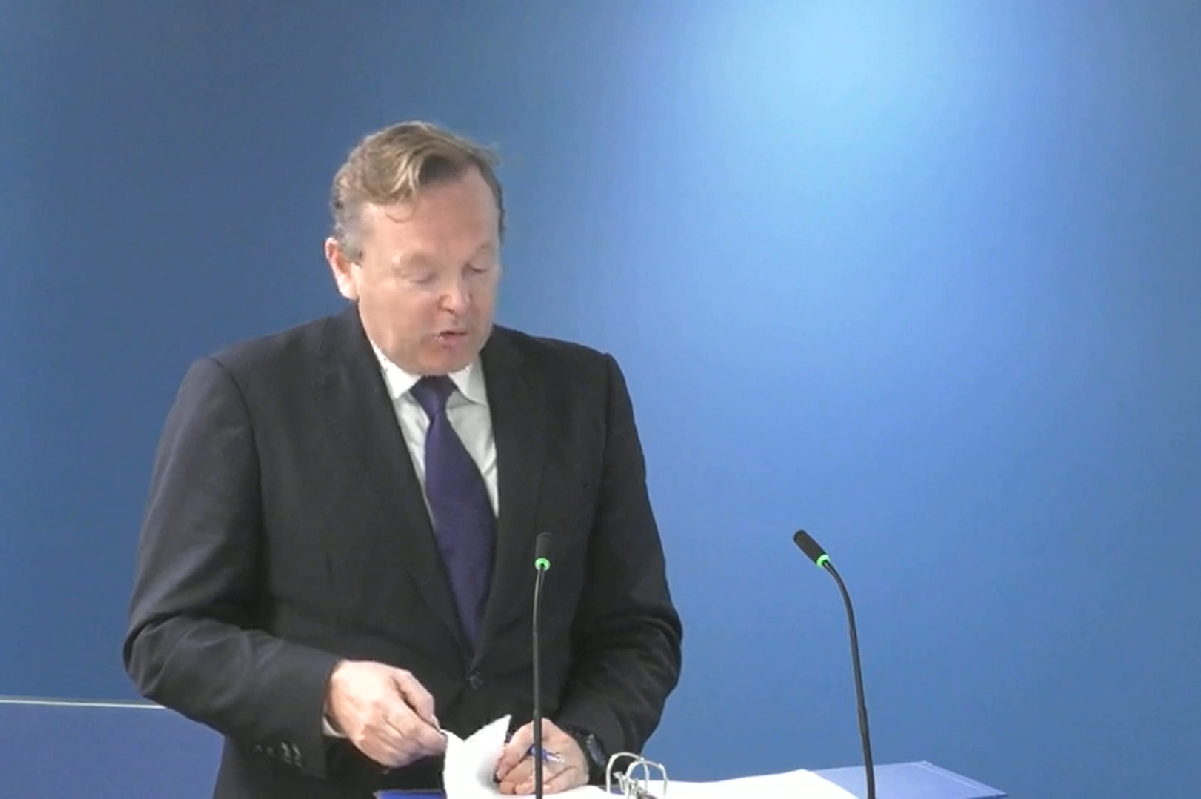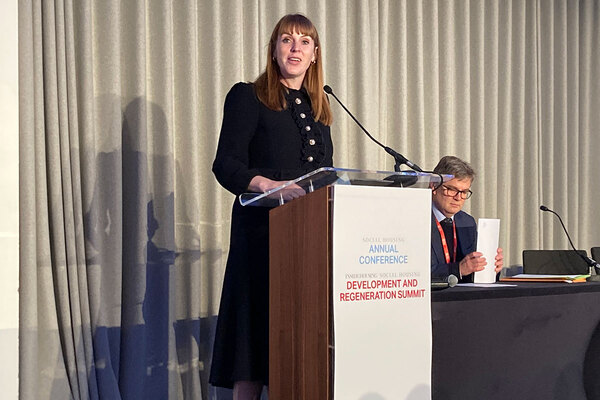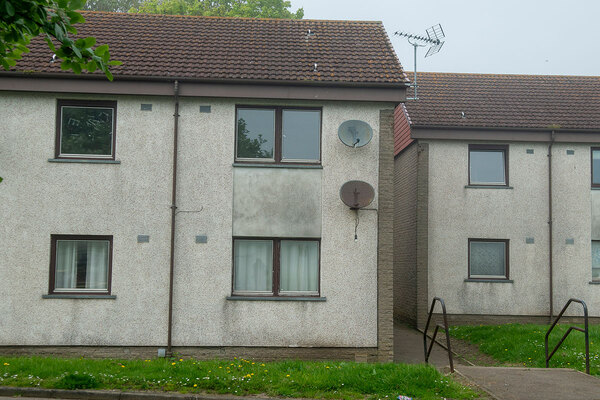Grenfell Inquiry ‘able to conclude every death was avoidable’ as its lawyer slams ongoing ‘merry-go-round’ of buck-passing
The Grenfell Tower Inquiry panel is “able to conclude with confidence” that “each and every one” of the deaths in the fire was “avoidable”, its counsel has said in closing remarks.
Richard Millett KC, counsel to the inquiry, today gave a closing statement that concluded 400 days of oral evidence across two phases lasting around four-and-a-half years.
“From all of the evidence that you have heard in phase two, you are able to distill a single overall conclusion: that there was nothing unknown or not reasonably knowable, which caused or contributed to the fire and its consequences,” he said.
“On the contrary, each and every one of the risks which eventuated at Grenfell Tower, on that night, were well known by many and ought to have been known by all who had any part to play. As a result, you will be able to conclude with confidence that each and every one of the deaths that occurred in Grenfell Tower on 14 June 2017 was avoidable.”
However, he added that closing statements which have been given by various public and corporate bodies implicated in the disaster suggest “nobody was to blame”.
“Can that really be right? Is the answer that you are to give to the survivors, to the grieving families and to the wider public to be that the Grenfell Tower fire was just a terrible accident, just one of those unfortunate incidents that happen occasionally?” Mr Millett said.
“Or is it to be that there are so many to blame that no one individual or organisation shoulders very much blame? Is that the answer that these core participants taken collectively would urge upon you? And if they do, are they really as sorry as they say?”
He referred back to his opening comments for the second phase, delivered in January 2020, which referred to “a merry-go-round of buck-passing” among the organisations under scrutiny.
While he said that “some core participants, principally public bodies, have made carefully expressed admissions of specific fault”, Mr Millett added: “For many, even now, on day 312 of this phase of this inquiry, the merry-go-round turns still, the notes of its melody clearly audible in the last few days.
“And if you listen closely to the tune, you can begin to hear that many core participants have adopted a particular technique, namely the deflection of criticism by reference to causative relevance, and then in turn to take a narrow and tactical approach to causative relevance in order to escape blame for the fire and the ensuing deaths.
“But then to blame others without any regard, necessarily, to causative impact.”
He said a “striking example” of this was the insulation manufacturer Celotex, which yesterday said that its misleading description of a pivotal fire test was not ‘causative’ because the design team for the refurbishment failed to read it.
“So is Celotex blaming the professionals for their failure to read Celotex’s misleading document?” Mr Millett said. “There are many other such examples across the range of core participants. This kind of casuistry, which is what it is, is not helpful to you in working out who is to blame.
“Many core participants appear simply to have used the inquiry as an opportunity to position themselves for any legal proceedings, which might or might not follow, in order to minimise their own exposure to legal liability.
“Now quite apart from the lack of respect that stance shows to the victims and their families, it makes your task all the harder. A public inquiry is not the place for cleverness, but for candour.”
Mr Millett went on to present a slideshow indicating the “web” of blame (above), and how each core participant had sought to deflect blame to others for the fire.
Noting that the panel, in preparation of its final report, is “not prohibited from reaching conclusions about the causative effects”, he said: “True regret is not the repeated and mournful use of the word ‘sorry’, but the achievement of a practical outcome, reflecting permanent self-corrective action.
“The families of those who died and the wider public want to know who is to blame for this tragedy, how culpability is shared, and what will be done about it. Based on a close study and analysis of the facts you can and you must help them answer that question.
“It is only then that the merry-go-round can stop, and the families can start to get some kind of closure.”
Following his comments, inquiry chair Sir Martin Moore said “work on our final report has already begun” but “there is still a long way to go”.
“We are very well aware that we need to produce our report as soon as we can. We are all therefore fully committed to pressing ahead as quickly as possible,” he said.
The inquiry has not given an estimate for the time it will take to prepare the report, but sources have told Inside Housing they expect it to be published in autumn next year.
Earlier, the inquiry heard from Jason Beer KC (pictured above), the barrister representing the Department for Levelling Up, Housing and Communities (DLUHC) – the current name for the department that has held responsibility for building regulations for decades.
Mr Beer gave a short statement in which he said the department was sorry for its “failure to ensure effective whole-system oversight of the regulatory and compliance regime” and that it “failed to appreciate that it held an important stewardship role over the regime”.
His statement did not address evidence such as a test in 2001, containing the exact cladding used on Grenfell Tower, which burned ferociously but did not lead to the abandonment of an outdated standard that apparently permitted it.
Nor did he mention the failure to review regulations for external fire spread post-2013, despite being specifically advised to do so by the coroner investigating six deaths in a fire at Lakanal House, a tower block in south London, in 2009.
And Mr Beer did not address the government’s post-Grenfell claim that combustible cladding was “banned” in England – despite the civil servant who helped draft the letter making this claim accepting that it was a “false representation”.
He emphasised what he called the department’s “commitment to driving change to ensure that a tragedy is never permitted to happen again” and said it has “not stood by idly” in this regard.
He did not mention DLUHC’s failure to implement any of the substantive recommendations made to it by the inquiry after its first phase in October 2019 – such as the provision of communal fire alarms in tall buildings, and the preparation of evacuation plans and specific plans for the escape of disabled residents.
The latter have been rejected by the government as “not proportionate”, despite its repeated promised to implement all of the inquiry’s recommendations.
Earlier, the inquiry heard a statement from Exova, the fire engineering consultancy that was engaged to support the team designing the Grenfell Tower refurbishment.
The firm produced a report saying the plans would have “no adverse effect” in regard to external fire spread in a report written in October 2013.
While Exova caveated this with the statement that it would need to be confirmed in a later report, the company was dropped from the job in 2014 and never completed its assessment.
The failure to make any clear warning about the potential fire risk involved in cladding a building, despite it being a clear part of the refurbishment plans at this point, led to Exova being listed by lawyers for bereaved and survivors in a “rogues gallery” of organisations most culpable for the deaths in the tower on Monday.
The firm was placed in a primary group of those responsible for the use of dangerous cladding, alongside Arconic, which made and sold it, and Studio E, the architecture firm for the job.
But today Sean Brannigan KC (pictured above), appearing for Exova, challenged this, emphasising that the decision to switch to the highly combustible aluminium composite material (ACM) panels for the cladding happened after it had effectively left the job.
“We respectfully disagree and indeed express some surprise at that ranking,” he said. “We suggest that whenever one stands back and looks at the history… that cannot be correct.
“It cannot be correct in particular that Exova, who was not part of the post-contract design team, and who nobody at the time regarded as being a part of that team, and who nobody at the time told that these decisions either were being made or had been made, should be lumped together in lists with those of who share all those characteristics.”
The inquiry’s hearings are now complete.
Sign up for our fire safety newsletter
Already have an account? Click here to manage your newsletters
